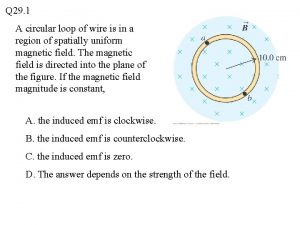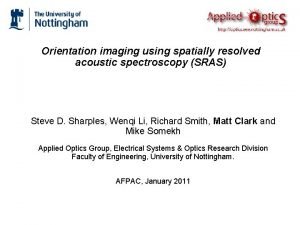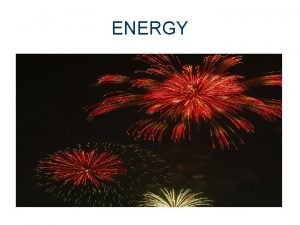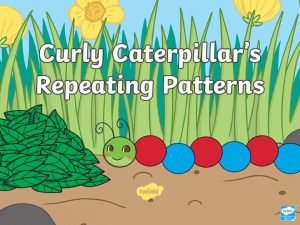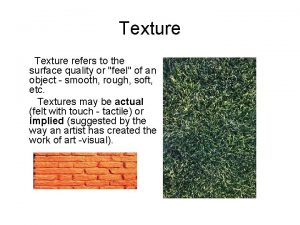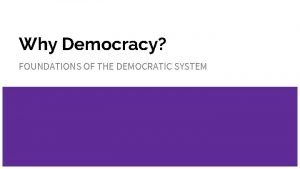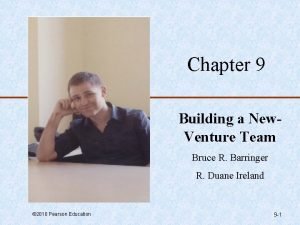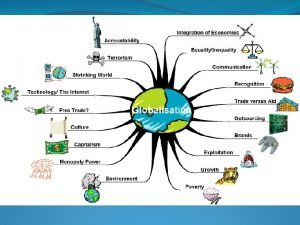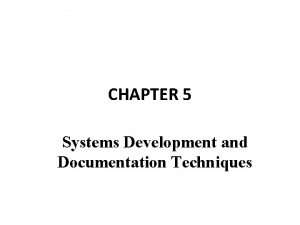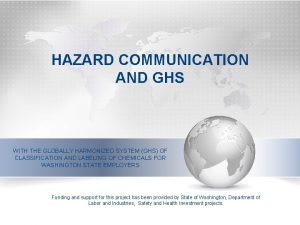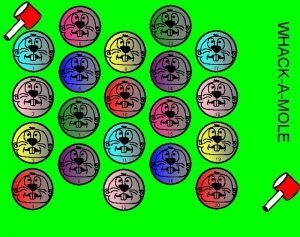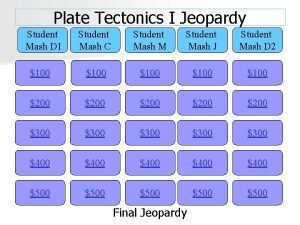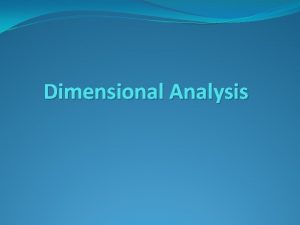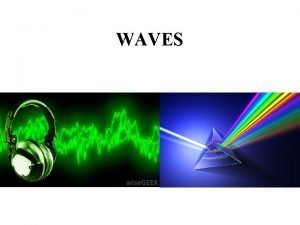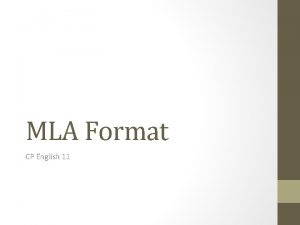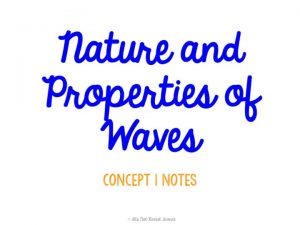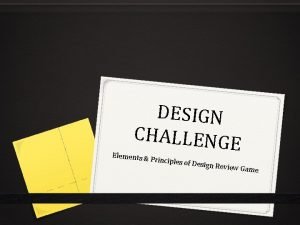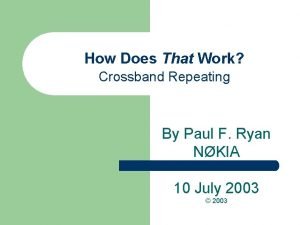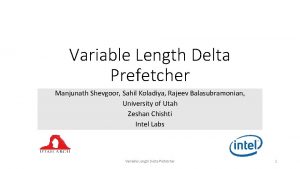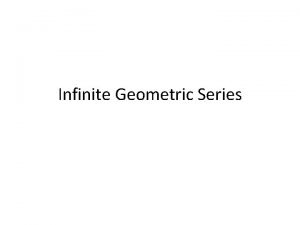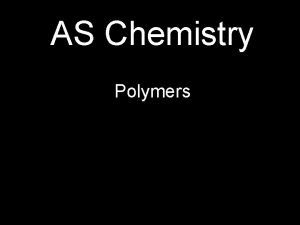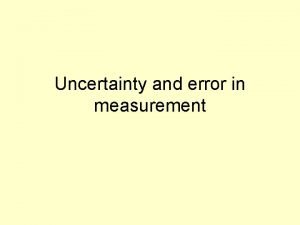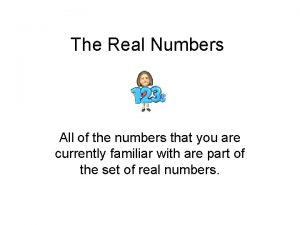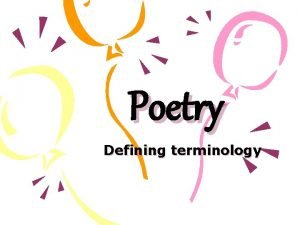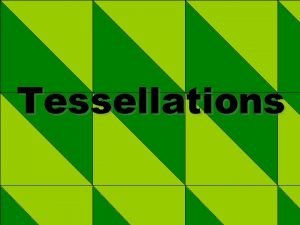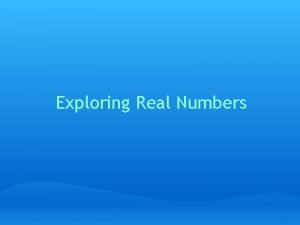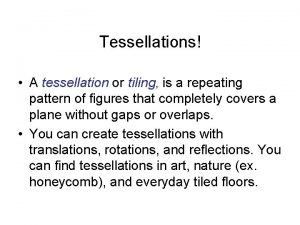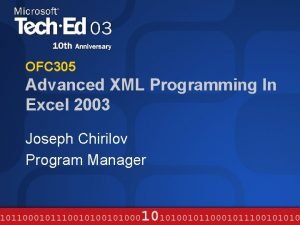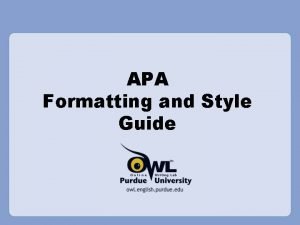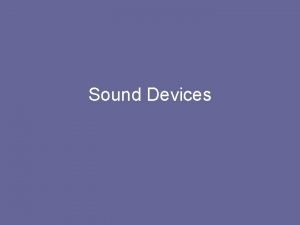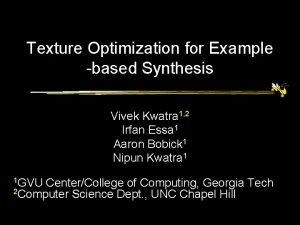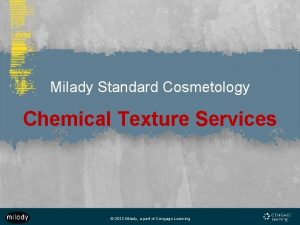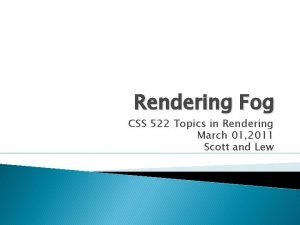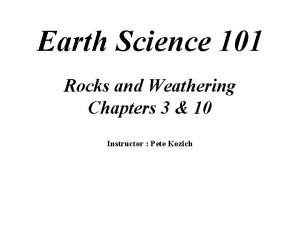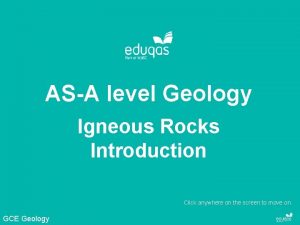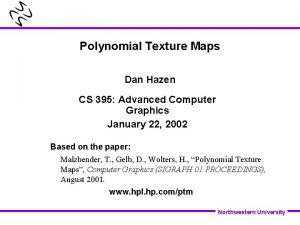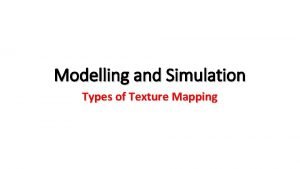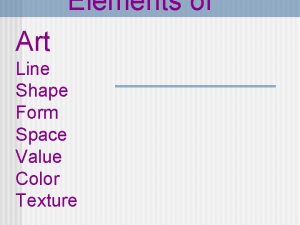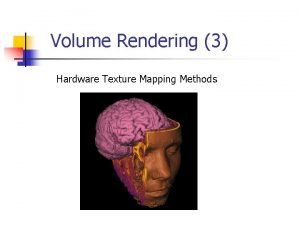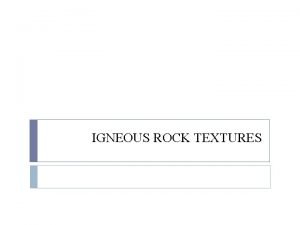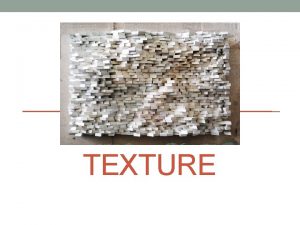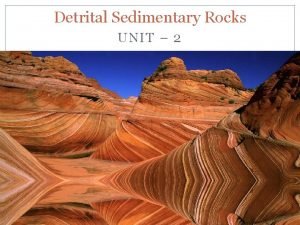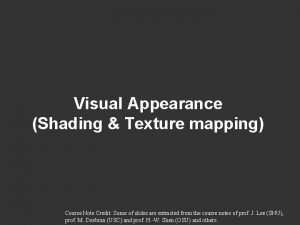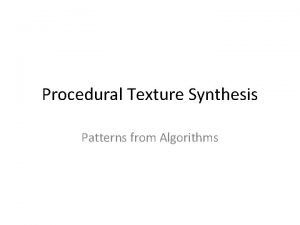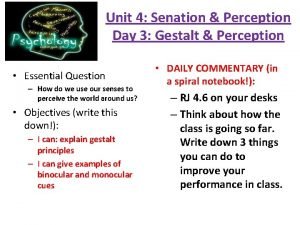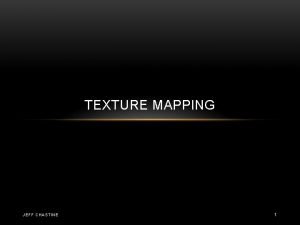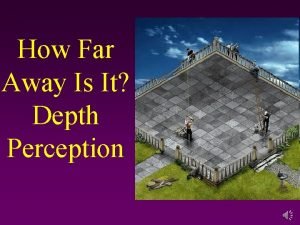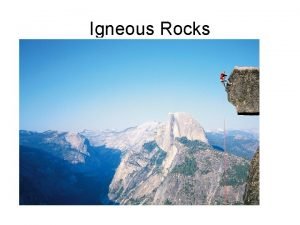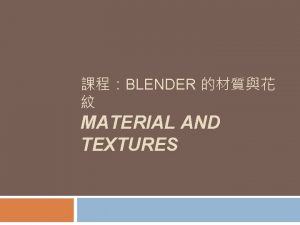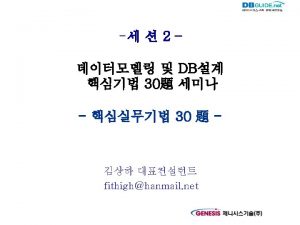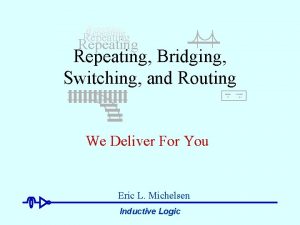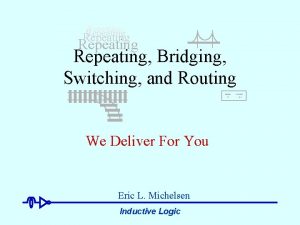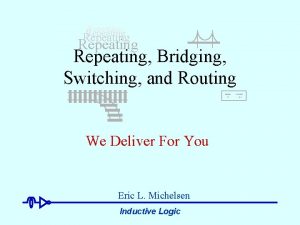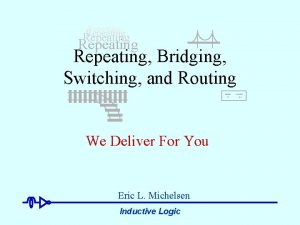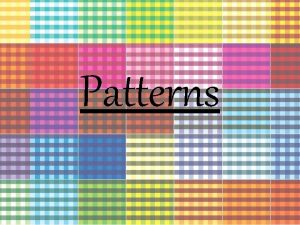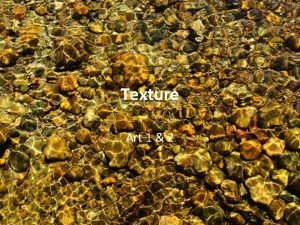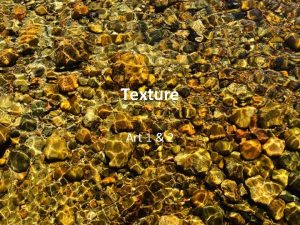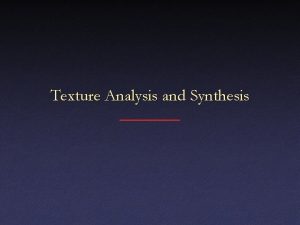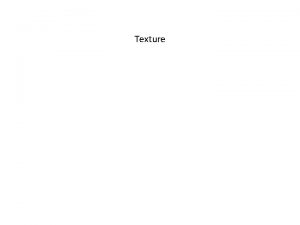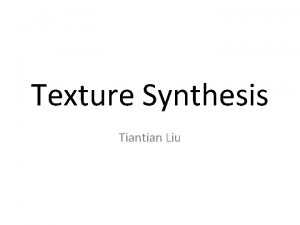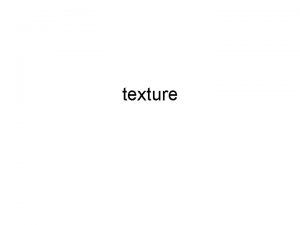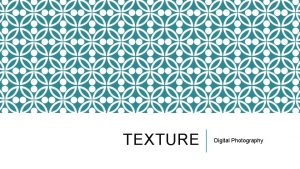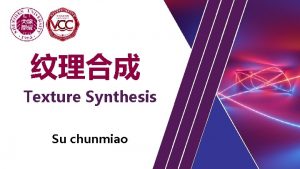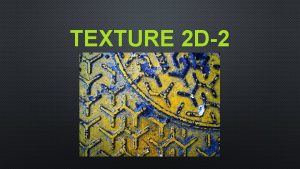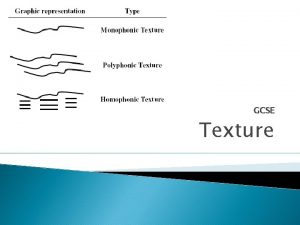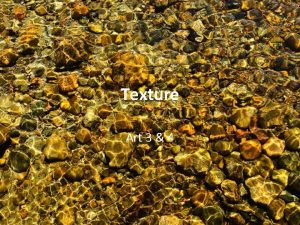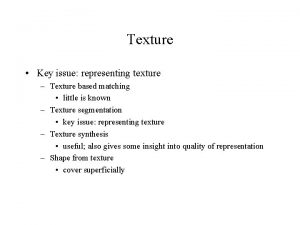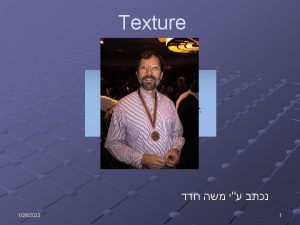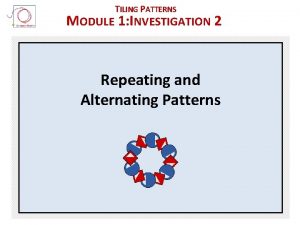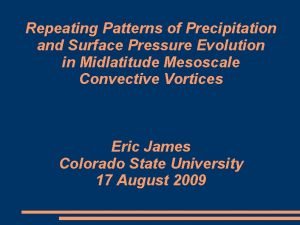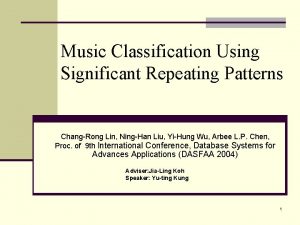What is Texture Texture depicts spatially repeating patterns



















![Image Pyramids Known as a Gaussian Pyramid [Burt and Adelson, 1983] • In computer Image Pyramids Known as a Gaussian Pyramid [Burt and Adelson, 1983] • In computer](https://slidetodoc.com/presentation_image_h/1d2c9f5864c33a9496fe448843abfc01/image-20.jpg)





















![Interest Point Features Compute SIFT descriptor Normalize patch [Lowe’ 99] Detect patches [Mikojaczyk and Interest Point Features Compute SIFT descriptor Normalize patch [Lowe’ 99] Detect patches [Mikojaczyk and](https://slidetodoc.com/presentation_image_h/1d2c9f5864c33a9496fe448843abfc01/image-42.jpg)





















- Slides: 63

What is Texture? Texture depicts spatially repeating patterns Many natural phenomena are textures radishes rocks yogurt

Texton Discrimination (Julesz) Human vision is sensitive to the difference of some types of elements an appears to be “numb” on other types of differences.

Search Experiment I The subject is told to detect a target element in a number of background elem In this example, the detection time is independent of the number of backgrou

Search Experiment II In this example, the detection time is proportional to the number of backgrou And thus suggests that the subject is doing element-by-element scrutiny.

Heuristic (Axiom) I Julesz then conjectured the following axiom: Human vision operates in two distinct modes: 1. Preattentive vision parallel, instantaneous (~100 --200 ms), without scrutiny, independent of the number of patterns, covering a large visual field 2. Attentive vision serial search by focal attention in 50 ms steps limited to small apertu Then what are the basic elements?

Heuristic (Axiom) II Julesz’s second heuristic answers this question: Textons are the fundamental elements in preattentive vision, i 1. Elongated blobs rectangles, ellipses, line segments with attributes color, orientation, width, length, flicker rate. 2. Terminators ends of line segments. 3. Crossings of line segments. But it is worth noting that Julesz’s conclusions are largely based by ensemb artificial texture patterns. It was infeasible to synthesize natural textures fo controlled experiments at that time.

Examples Pre-attentive vision is sensitive to size/width, orientation ch

Examples Sensitive to number of terminators Left: fore-back Right: back-fore See previous examples For cross and terminator

Julesz Conjecture Textures cannot be spontaneously discriminated if they have the same first-order and second-order statistics and differ only in their third-order or higher-order statistics. (later proved wrong)

1 st Order Statistics 5% white 20% white

2 nd Order Statistics 10% white

Capturing the “essence” of texture …for real images We don’t want an actual texture realization, we want a texture invariant What are the tools for capturing statistical properties of some signal?

Multi-scale filter decomposition Filter bank Input image

Filter response histograms

Heeger & Bergen ‘ 95 Start with a noise image as output Main loop: • Match pixel histogram of output image to input • Decompose input and output images using multi-scale filter bank (Steerable Pyramid) • Match subband histograms of input and output pyramids • Reconstruct input and output images (collapse the pyramids)

Image Histograms Cumulative Histograms s = T(r)

Histogram Equalization

Histogram Matching

Match-histogram code
![Image Pyramids Known as a Gaussian Pyramid Burt and Adelson 1983 In computer Image Pyramids Known as a Gaussian Pyramid [Burt and Adelson, 1983] • In computer](https://slidetodoc.com/presentation_image_h/1d2c9f5864c33a9496fe448843abfc01/image-20.jpg)
Image Pyramids Known as a Gaussian Pyramid [Burt and Adelson, 1983] • In computer graphics, a mip map [Williams, 1983] • A precursor to wavelet transform

Band-pass filtering Gaussian Pyramid (low-pass images) Laplacian Pyramid (subband images) Created from Gaussian pyramid by subtraction

Laplacian Pyramid Need this! Original image How can we reconstruct (collapse) this pyramid into the original image?

Steerable Pyramid Input image 7 filters used:

Heeger & Bergen ‘ 95 Start with a noise image as output Main loop: • Match pixel histogram of output image to input • Decompose input and output images using multi-scale filter bank (Steerable Pyramid) • Match subband histograms of input and output pyramids • Reconstruct input and output images (collapse the pyramids)




Simoncelli & Portilla ’ 98+ Marginal statistics are not enough Neighboring filter responses are highly correlated • an edge at low-res will cause an edge at high-res Let’s match 2 nd order statistics too!

Simoncelli & Portilla ’ 98+ Match joint histograms of pairs of filter responses at adjacent spatial locations, orientations, and scales. Optimize using repeated projections onto statistical constraint sufraces


Texture for object recognition A “jet”

Object Bag of ‘words’

Analogy to documents Of all the sensory impressions proceeding to the brain, the visual experiences are the dominant ones. Our perception of the world around us is based essentially on the messages that reach the brain from our eyes. For a long time it was thought that the retinal sensory, image was transmitted pointbrain, by point to visual centers in the brain; the cerebral cortex was a visual, perception, movie screen, so to speak, upon which the cerebral cortex, image inretinal, the eye was projected. Through the discoveries ofeye, Hubelcell, and Wiesel we now optical know that behind the origin of the visual image perception in thenerve, brain there is a considerably more complicated course of events. By Hubel, Wiesel following the visual impulses along their path to the various cell layers of the optical cortex, Hubel and Wiesel have been able to demonstrate that the message about the image falling on the retina undergoes a stepwise analysis in a system of nerve cells stored in columns. In this system each cell has its specific function and is responsible for a specific detail in the pattern of the retinal image. China is forecasting a trade surplus of $90 bn (£ 51 bn) to $100 bn this year, a threefold increase on 2004's $32 bn. The Commerce Ministry said the surplus would be created by a predicted 30% jump in exports to $750 bn, compared with a 18% rise in imports to China, trade, $660 bn. The figures are likely to further annoy the US, which has long argued that surplus, commerce, China's exports are unfairly helped by a exports, imports, US, deliberately undervalued yuan. Beijing agrees the surplus is too high, but says the yuan, bank, domestic, yuan is only one factor. Bank of China foreign, increase, governor Zhou Xiaochuan said the country also needed to do more tovalue boost domestic trade, demand so more goods stayed within the country. China increased the value of the yuan against the dollar by 2. 1% in July and permitted it to trade within a narrow band, but the US wants the yuan to be allowed to trade freely. However, Beijing has made it clear that it will take its time and tread carefully before allowing the yuan to rise further in value.


learning feature detection & representation recognition codewords dictionary image representation category models (and/or) classifiers category decision

1. Feature detection and representation

Feature detection • Sliding Window – Leung et al, 1999 – Viola et al, 1999 – Renninger et al 2002

Feature detection • Sliding Window – Leung et al, 1999 – Viola et al, 1999 – Renninger et al 2002 • Regular grid – Vogel et al. 2003 – Fei-Fei et al. 2005

Feature detection • Sliding Window – Leung et al, 1999 – Viola et al, 1999 – Renninger et al 2002 • Regular grid – Vogel et al. 2003 – Fei-Fei et al. 2005 • Interest point detector – Csurka et al. 2004 – Fei-Fei et al. 2005 – Sivic et al. 2005

Feature detection • Sliding Window – Leung et al, 1999 – Viola et al, 1999 – Renninger et al 2002 • Regular grid – Vogel et al. 2003 – Fei-Fei et al. 2005 • Interest point detector – Csurka et al. 2004 – Fei-Fei et al. 2005 – Sivic et al. 2005 • Other methods – Random sampling (Ullman et al. 2002) – Segmentation based patches • Barnard et al. 2003, Russell et al 2006, etc. )

Feature Representation Visual words, aka textons, aka keypoints: K-means clustered pieces of the image • Various Representations: – Filter bank responses – Image Patches – SIFT descriptors All encode more-or-less the same thing…
![Interest Point Features Compute SIFT descriptor Normalize patch Lowe 99 Detect patches Mikojaczyk and Interest Point Features Compute SIFT descriptor Normalize patch [Lowe’ 99] Detect patches [Mikojaczyk and](https://slidetodoc.com/presentation_image_h/1d2c9f5864c33a9496fe448843abfc01/image-42.jpg)
Interest Point Features Compute SIFT descriptor Normalize patch [Lowe’ 99] Detect patches [Mikojaczyk and Schmid ’ 02] [Matas et al. ’ 02] [Sivic et al. ’ 03] Slide credit: Josef Sivic

Interest Point Features …

Patch Features …

dictionary formation …

Clustering (usually k-means) … Vector quantization Slide credit: Josef Sivic

Clustered Image Patches Fei-Fei et al. 2005

Filterbank

Textons (Malik et al, IJCV 2001) • K-means on vectors of filter responses

Textons (cont. )

Image patch examples of codewords Sivic et al. 2005

Visual synonyms and polysemy Visual Polysemy. Single visual word occurring on different (but locally similar) parts on different object categories. Visual Synonyms. Two different visual words representing a similar part of an object (wheel of a motorbike).

frequency Image representation …. . codewords

Scene Classification (Renninger & Malik) kitchen University of California Berkeley beach mountain forest city street farm livingroom bedroom bathroom Vision Science & Computer Vision Groups

k. NN Texton Matching University of California Berkeley Vision Science & Computer Vision Groups

Discrimination of Basic Categories texture model University of California Berkeley Vision Science & Computer Vision Groups

Discrimination of Basic Categories texture model chance University of California Berkeley Vision Science & Computer Vision Groups

Discrimination of Basic Categories texture model 37 ms chance University of California Berkeley Vision Science & Computer Vision Groups

Discrimination of Basic Categories texture model 50 ms chance University of California Berkeley Vision Science & Computer Vision Groups

Discrimination of Basic Categories texture model 69 ms chance University of California Berkeley Vision Science & Computer Vision Groups

Discrimination of Basic Categories texture model 37 ms 50 ms 69 ms chance University of California Berkeley Vision Science & Computer Vision Groups

Object Recognition using texture

Learn texture model representation: • Textons (rotation-variant) Clustering • K=2000 • Then clever merging • Then fitting histogram with Gaussian Training • Labeled class data
 A circular loop of wire and a long straight wire
A circular loop of wire and a long straight wire Spatially resolved acoustic spectroscopy
Spatially resolved acoustic spectroscopy What is energy
What is energy Caterpillar repeating patterns
Caterpillar repeating patterns Refers to the surface quality
Refers to the surface quality Make a poster that depicts the political democracy today
Make a poster that depicts the political democracy today A skills profile is a chart that depicts the
A skills profile is a chart that depicts the What is globalisation definition
What is globalisation definition Vsdfds
Vsdfds Release burndown depicts
Release burndown depicts Ghs signal words
Ghs signal words Diagram correctly depicts the trend in electronegativity
Diagram correctly depicts the trend in electronegativity The cross section below depicts magnetized oceanic crust
The cross section below depicts magnetized oceanic crust Associations and correlations in data mining
Associations and correlations in data mining Dating patterns since the 1960s are
Dating patterns since the 1960s are Dimensional analysis fluid mechanics
Dimensional analysis fluid mechanics Wave wave repeating
Wave wave repeating Lesson 1-2 understand rational numbers
Lesson 1-2 understand rational numbers A wave is a disturbance that transfers
A wave is a disturbance that transfers To repeat what someone else said
To repeat what someone else said Mla citation
Mla citation Rhythmic disturbance that carries energy
Rhythmic disturbance that carries energy Periodic table trend
Periodic table trend The circular chart used to remember color relationships
The circular chart used to remember color relationships What are the five principles of hair design
What are the five principles of hair design Crossband repeating
Crossband repeating Repeating variable
Repeating variable Geometric series
Geometric series Poly cyclopentene
Poly cyclopentene Random errors may be detected by repeating the measurements
Random errors may be detected by repeating the measurements A disturbance that transfers energy
A disturbance that transfers energy Non real numbers
Non real numbers The repetition of the same beginning consonants.
The repetition of the same beginning consonants. Recurring decimal to fraction
Recurring decimal to fraction A tessellation is an arrangement of repeating shapes
A tessellation is an arrangement of repeating shapes Real numbers vs
Real numbers vs A ____ is a repeating disturbance or movement that
A ____ is a repeating disturbance or movement that Repeated beginning sounds
Repeated beginning sounds Pure tessellation
Pure tessellation Xml maps are not exportable
Xml maps are not exportable Quoting multiple authors apa
Quoting multiple authors apa The repetition of beginning sounds
The repetition of beginning sounds Texture optimization for example-based synthesis
Texture optimization for example-based synthesis Permanent waving milady
Permanent waving milady Fog css
Fog css Obsidian exhibits a texture
Obsidian exhibits a texture Equicrystalline
Equicrystalline Northwestern university
Northwestern university Texture map types
Texture map types Point line shape form
Point line shape form Actual texture
Actual texture Texture mapping algorithm
Texture mapping algorithm Phaneritic vs pegmatite
Phaneritic vs pegmatite Refers to the surface quality
Refers to the surface quality Detrital sedimentary rock
Detrital sedimentary rock Mip mapping
Mip mapping Procedural texture algorithms
Procedural texture algorithms Thomas weelkes renaissance or baroque
Thomas weelkes renaissance or baroque Gestalt texture gradient
Gestalt texture gradient Texture mapping
Texture mapping Monocular depth cues interposition
Monocular depth cues interposition Igneous rock
Igneous rock Blender glow texture
Blender glow texture Nodular melanoma
Nodular melanoma
